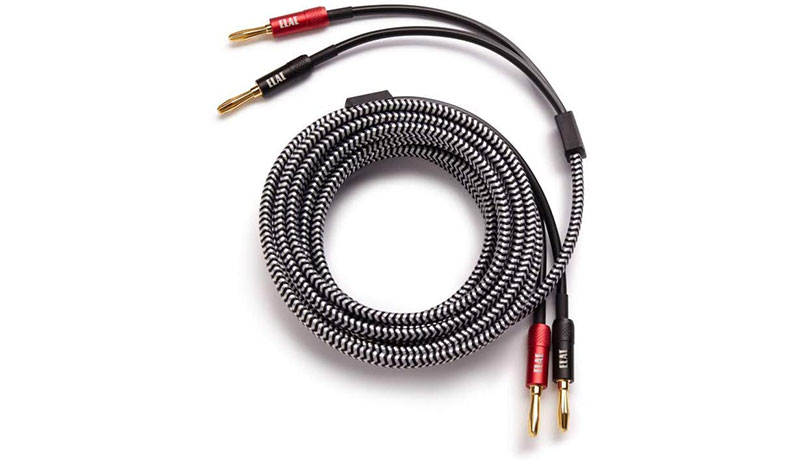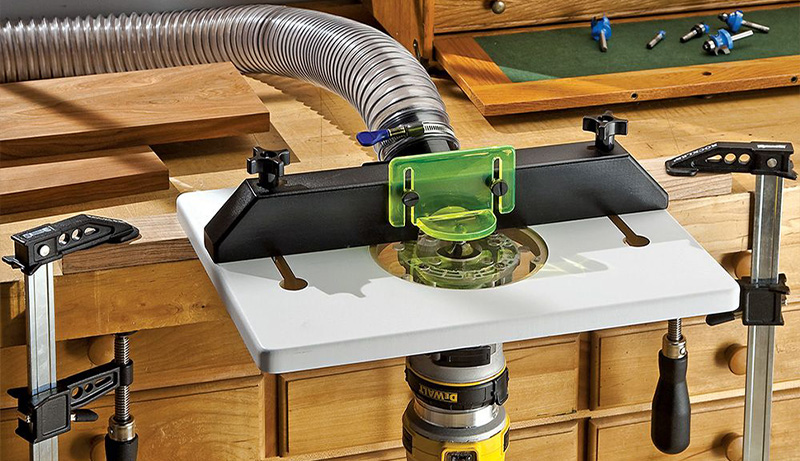Music is felt, not just heard. Your car’s subwoofers, not the regular stereo speakers, are essential for the rumbling you hear from deep bass frequencies. Subwoofers are loudspeakers that reproduce low-frequency sounds, notably bass and sub-bass. A subwoofer is the best way to go if you want your music to shake the windows and shake the ground.
Before you commence wiring your subwoofer for a DIY audio installation, make sure you know how much power it requires. Make sure your subwoofer’s amp can handle the amp requirements.
What Gauge Speaker Wire for Subwoofer?

Wire thickness is determined using the American Wire Gauge (AWG) standard. The thinner the wire, the smaller the gauge number. Beyond the wire’s physical size, it’s also vital to remember that pure copper wire will outperform aluminum or copper-clad aluminum wire, so gauge alone won’t necessarily tell the whole story.
However, with speaker and subwoofer wire, it’s less of an issue than with your amplifier’s power or ground cables. While it’s vital to perform calculations considering total distance and amperes when it comes to your car’s main electrical lines, we can safely keep to a handful of basic rules of thumb when it comes to speakers and subs.
It’s a good idea to grab some string and physically layout your wire run in your vehicle before you start cutting a wire or even buying it. Trying to measure it accurately with a tape measure is tough, but string allows you to obtain a much better visual picture, and then you can simply measure the string with your tape measure.
Even if you’ve measured it to perfection, you’ll want to add a little additional length (more than just a few inches). You’ll almost certainly find yourself having to make a last-minute alteration, such as pointing your amplifier in a different direction than you had planned. You can snip off the excess length once everything is in place and your design is complete.
If your subsystem will deliver more than 1,000 watts RMS, you can utilize a 12-gauge speaker wire. However, in the vast majority of circumstances, a 16-gauge speaker wire will suffice. Order twice as much as you think you’ll need, according to the experts. You never know when you’ll need to alter the position of a sub or amplifier, and you’ll be glad you have the extra length.
Wiring subwoofers with 12- to 16-gauge wire is suggested. The larger cable will just have less power loss; there will be no audible difference between them.
What type of wire do you require?

If you purchase wire without connectors, we recommend banana connectors. Connecting bare wire ends to a home theater receiver is a pain. If you want to run speaker wire through your walls or ceiling, you’ll need UL-rated CL2 or CL3 speaker wire.
If you wish to bury your outdoor speaker wire, you’ll need wire rated for direct burial. See our complete in-wall wiring guide for more information.
You can run a single line from your amplifier or receiver to an in-wall volume control in another room across a long distance using a 4-conductor cable. The volume control can then be linked via 2-conductor wires to each of the stereo speakers in that location. Using four-conductor cable to connect stereo-input speakers is also a good idea.
Consult a Crutchfield A/V designer to determine the right wiring for your project. Connect a 4-conductor cable to an in-wall volume control (left) or a 4-conductor wire to a stereo-input speaker (right).
What to remember while connecting the wires?

- Make sure the positive and negative leads on your speaker wires are connected to your speakers and your amplifier or receiver correctly. If one of the connections is crossed, your music will not sound right.
- Remove roughly 3/8-inch of insulation from the ends of each lead with a wire stripper to expose the bare wire strands if you want to combine your wires without connectors. Twist each lead’s bare wire strands tightly so that no stray strands protrude. Short circuits can occur when loose strands come into contact with the cable’s other lead, posing a risk of component failure.
- From left to right, bare wire, pin connectors, spade connectors, single banana connectors, and twin banana connectors are depicted.
How many watts should my subwoofer be?

A subwoofer can improve the performance of your audio system dramatically. What should you get in terms of size (or strength)? The ultimate sonic strength is found in the bottom end, or bass. When you feel a rumble in your chest, that’s bass.
Most of us want this at home, but with so many subwoofers to pick from, each with its own set of characteristics and sizes, how can we know which is the best? While “the biggest, most powerful you can buy” is the obvious answer, the correct answer is a little more nuanced.
You may be able to upgrade your subwoofer if it is connected and has a single RCA-style connection running to it. A component of an HTIB, a complete 5.1 system, or even a soundbar with a wired subwoofer might be this. Many wireless subwoofers that come with soundbars or HTIBs are proprietary and cannot be updated.
If you have speakers that connect to the sub, such as the Bose cube speakers, there’s definitely some extra processing going on inside the sub, and I’d do some further research to make sure you can swap it out without any issues.
Is Thicker gauge speaker wire better?
In a nutshell, most speakers do not come with a speaker cord. For your system, you must select the suitable gauge (thickness) and type of wire. For in-wall or ceiling speakers, you’ll need UL-rated speaker wire with the CL2 or CL3 designation.
See our guide to in-wall wiring for more information. If you wish to put cable underground to a set of outdoor speakers, choose wire that is rated for direct burial.
Final Words

Bass is virtually entirely responsible for the subwoofer’s popularity. The safest bet is a massive sub with a lot of power. It is far preferable to run a huge sub at “4” rather than a tiny sub at “10.”
If you want the best sound, many subs in different locations in the room (or even simply in the corners) almost always sound better and more lifelike than a single sub.
Though any subwoofer purchase can improve your sound quality, if you want to go all out, a local custom installer may help you with installation and placement. Concentrate on the wire that links your amplifier (or amps, if you have multiple) to your speakers and/or subwoofer.
Related Post:





Leave a Reply